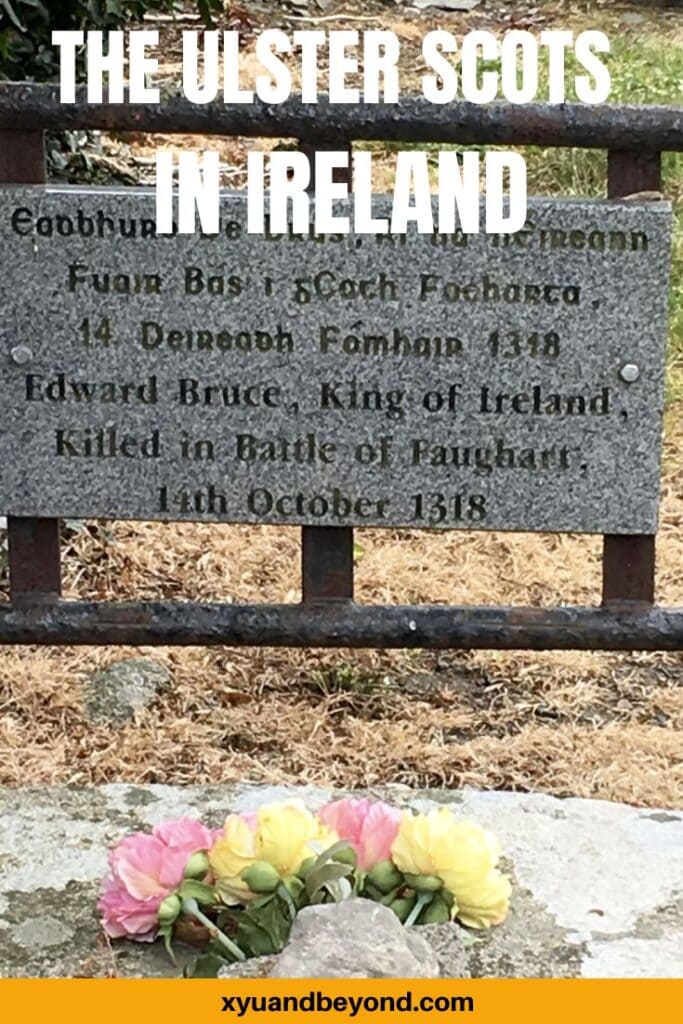Discover Ulster-Scots Heritage: Northern Ireland
For me, there has always been a curious disconnect between the notion that I am Irish born and bred and yet had a Scottish last name. In my family, no one could really explain why this was apart from saying that the Scottish people who were evicted during the Highland Clearances came to Ireland to make a better life for themselves and their families. Interestingly Canada is the country with the largest membership of the Orange Order outside of Ulster and Scotland and that is where I moved to when I was 10 years old.
Understanding the Ulster-Scots history is crucial for appreciating the unique blend of Scottish and Irish traditions that have shaped the region. By delving into the history and traditions of the Ulster Scots, we can gain a deeper insight into our family histories and the diverse cultural tapestry of Northern Ireland.
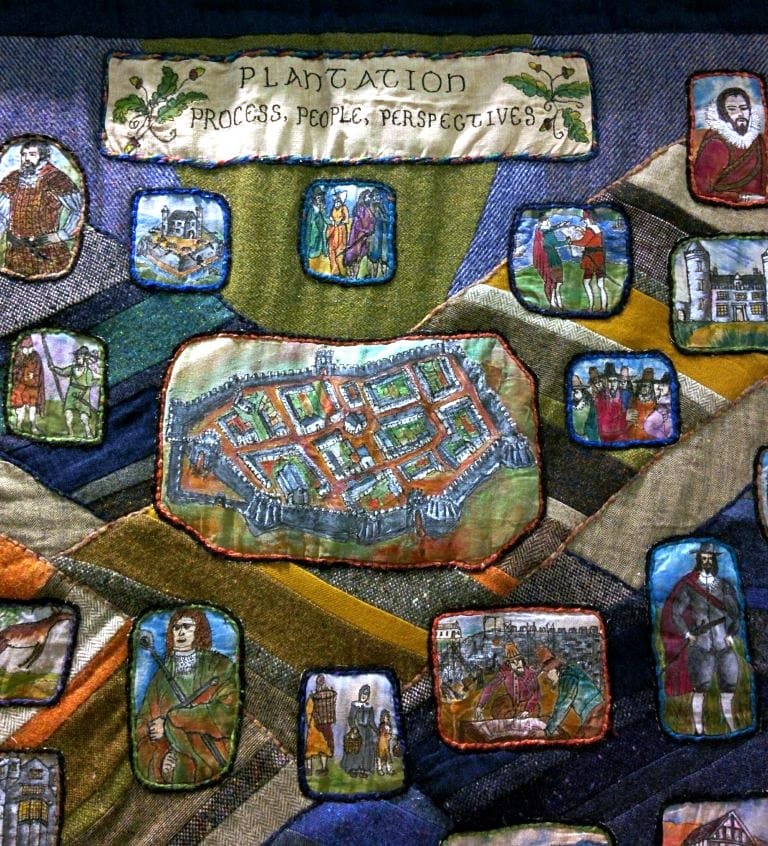
Exploring Ulster Scots Heritage in Ireland – FAQS
What is Ulster Scots heritage?
Ulster Scots heritage refers to the culture, language, and history of the Ulster Scots community in Ireland, particularly in Northern Ireland. Also known as Scots-Irish, this group has a rich tradition that reflects a blend of Scots and Irish influences.
What areas in Ireland are significant for Ulster Scots heritage?
The Ulster region, including places like Belfast, Ards Peninsula, and Antrim, holds great importance for Ulster Scots heritage. These areas have strong connections to Lowland Scots culture and history.
How can I discover Ulster Scots heritage in Ireland?
You can discover Ulster Scots heritage in Ireland by exploring historical sites, attending cultural events, and learning about the language and culture of the Ulster Scots community. Organizations like the Ulster Historical Foundation can also provide resources for your exploration.
What is the history of the Ulster Scots community in Ireland?
The Ulster Scots community has deep roots in Ireland, with origins dating back to the 17th century when Presbyterians from Scotland arrived in Ulster. They played a significant role in shaping the Ulster Scots identity and history.
Are there any online resources for exploring Ulster Scots heritage?
Yes, there are series of online films exploring the Ulster Scots links to Scotland, their language, culture, and historical significance. Organizations such as the Ulster-Scots Agency provide valuable content on this subject.
What is the significance of the Ards and North of Ireland in Ulster Scots heritage?
The Ards and North of Ireland regions have strong ties to Ulster Scots history, with a rich legacy of Scots in Ulster and their contributions to the region’s cultural and historical landscape.
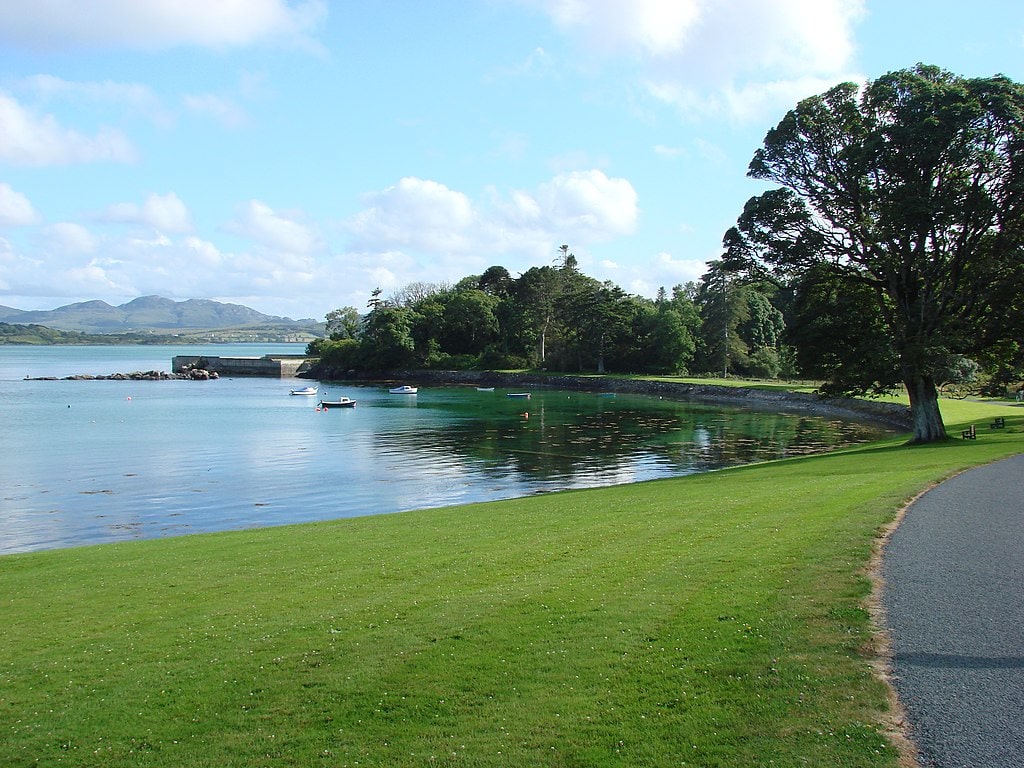
Ulster-Scots History
The clans such as Macintosh, Campbell and Grant had ruled their lands in the highlands for hundreds of years. The Highland Clearances essentially came down to two things: money and loyalty.
The first phase of the Clearances occurred mostly over the period 1760 to 1815. However, it started before the Jacobite Rising of 1745, with its roots in the decision of the Dukes of Argyll to put leases of farms and townships up for auction.
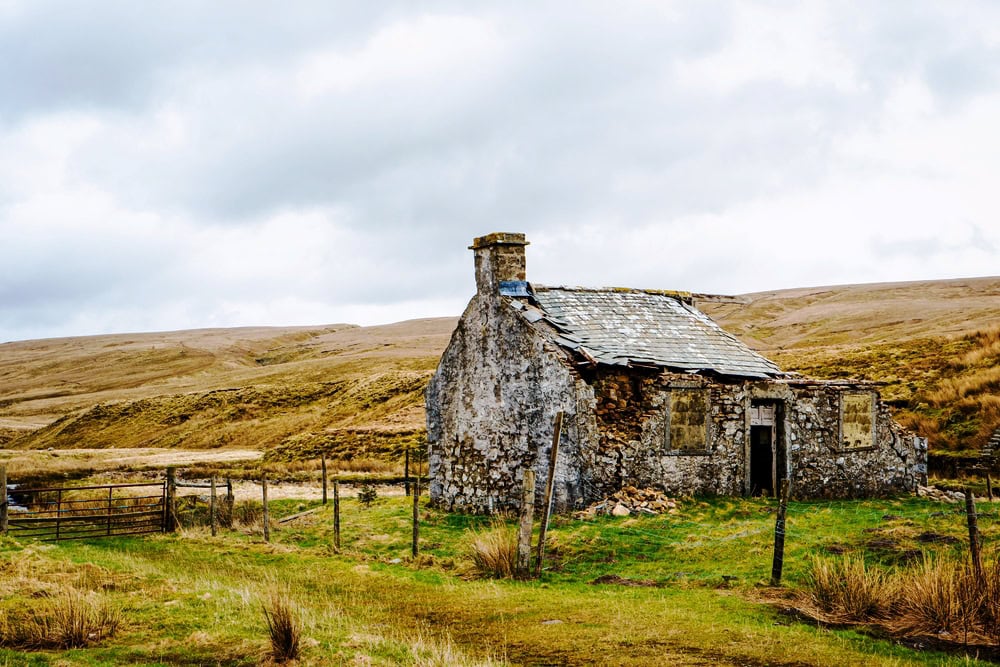
There is of course also the famous Campbell and MacDonald Feud. These two clans hated each other because the Macdonalds were mainly Catholics; the Campbells were Presbyterian. The nationalist-minded Macdonalds supported the Scottish Jacobite movement; the Campbells supported the English in their quest to unite England and Scotland.
In February 1692, members of the resident MacDonald Clan were murdered, as they slept by troops of the Clan Campbell. Operating under orders from the English Government, thirty-eight men, women and children all died at the hands of the Campbells. This could also have been a reason for the Campbells to have left Scotland becoming mercenaries or Gallowglasses primarily in Donegal.
So that part of the family history could have been true but the other component and the most important one historically was the Plantation of Ulster.
Scots in Ireland – Who are the Ulster Scots People?
According to Wikipedia the Ulster Scots people are an ethnic group in Ireland, who speak an Ulster Scots dialect of the Scots language, and share a common history, culture and ancestry. As an ethnicity, they descend largely from Scottish and northern English settlers who settled in the north of Ireland in the 17th century.
Having said that the true influence of the Scots in Ireland began much earlier in 1315 when Edward Bruce began the Scottish Campaign.
At the same time Ulster, Domhnall Ó Neill, king of Tyrone, a distant cousin of the Bruces, was finding himself threatened by Richard de Burgh, the Earl of Ulster – Robert Bruce’s father-in-law. Richard de Burgh’s daughter Elizabeth became the second wife of King Robert the Bruce. After Bruce had killed his rival Comyn in Dumfries on 10th February 1306, he fled Scotland for Rathlin Island, just off the coast of North Antrim. He sought refuge on Rathlin from autumn 1306 until spring 1307 where according to legend he was inspired by the determined spider in the cave.
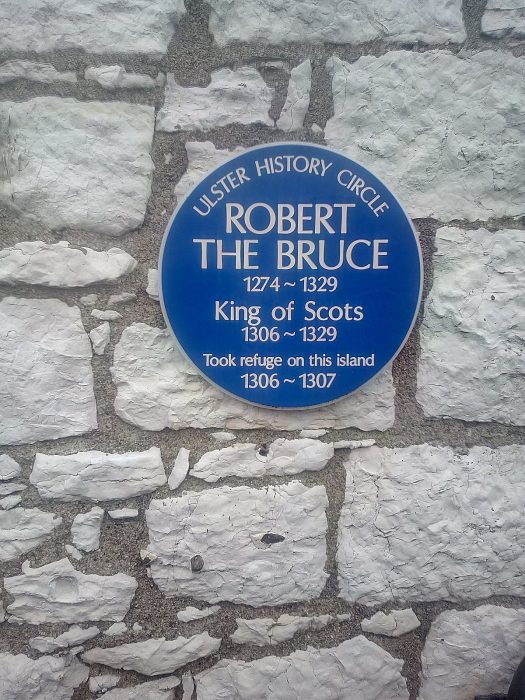
When Robert the Bruce returned to Scotland after seeking refuge on Rathlin Island he fought the Battle of Bannockburn and crushed the English army but King Edward II refused to honour his claim to the title King of Scotland.
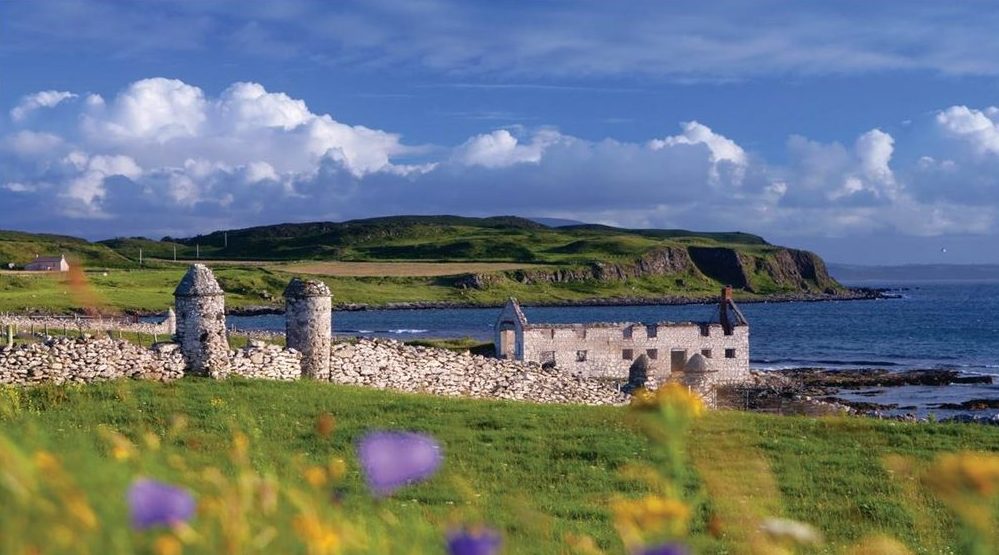
Ó Neill looked to Scotland and to Robert Bruce for assistance, encouraging the victor at Bannockburn to send a Scots army to Ireland to fight the Anglo-Normans.
This suited Robert Bruce’s campaign as it allowed him to attempt to surround the King of England with rebellious subjects in Ireland and Scotland.
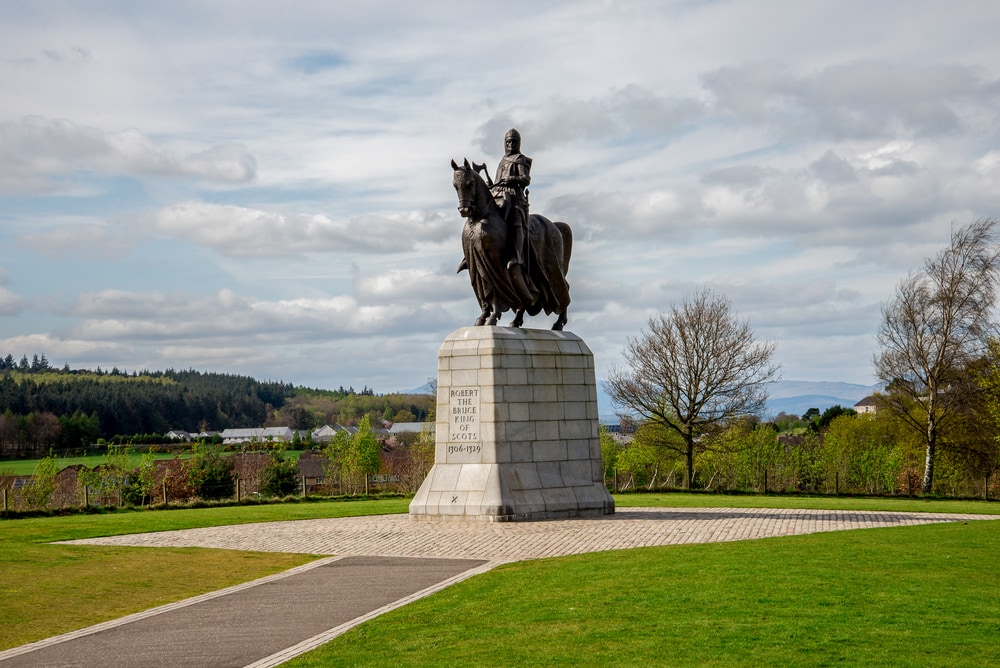
After the decisive battle at Bannockburn Edward with his brother Robert the Bruce’s permission gathered men to invade Ireland.
It seems that his brother Edward wanted his own Kingdom as Scotland wasn’t big enough for two kings so he moved on Ireland on May 25th with 6000 men and landed at Larne Lough.
The Ulster Scots in Ireland
The Larne Landing
Larne Lough is a sea lough approximately 9 km long whose form was mainly determined in relation to the Larne Lough Fault, which runs in a north-northwest direction. It is an area of Areas of Special Scientific Interest due to the mud flats and brackish lagoon in the northwest to mudflats, rocky shores and salt marshes throughout. These provide important habitats for both sea life, birds and wildlife in the area.
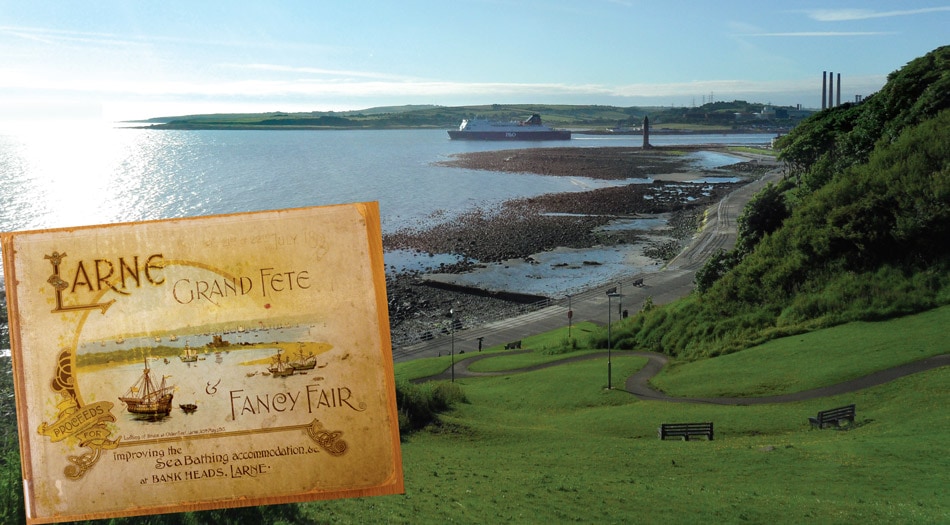
The story of the arrival of the Scottish army in the Larne area was passed down through the generations and was well-known in the nineteenth century. In 1899, the brochure produced for the Larne Grand Fete featured on its front cover an illustration recreating the arrival of Bruce and his fleet. In 1976, a re-enactment event was held in Larne entitled ‘The Bruce Cavalcade’ when hundreds of people lined the street
The Battle of Mounthill
Watching the Scots land were the Anglo-Norman Lords of Ulster who prepared to battle the Scots for control of the Irish coast. The Scots were on the march to Carrickfergus Castle and the Battle of Mounthill was a ferocious one in which the Scots triumphed.
Apparently, there used to be a cairn on the hill named Bruce’s Cairn but it has long disappeared.
Carrickfergus
After the Battle of Mounthill Edward Bruce moved his army onwards to Carrickfergus Castle where he planned to be crowned King of Ireland. Edward and his troops managed to take the town but the Castle held out and a year-long siege began. Recent research indicates that the coronation took place at Saint Nicholas’ Church in Carrickfergus.
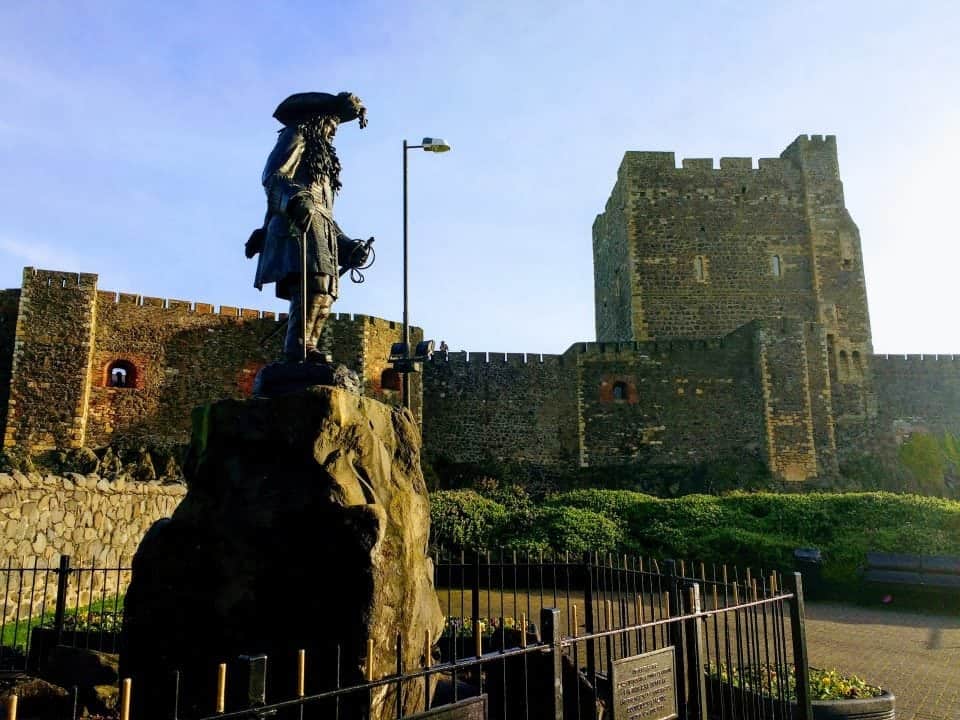
Battle of Kells
On 13 November, Edward Bruce marched further south and advanced to Kells, where he was met in battle by Sir Roger Mortimer and a large force. Mortimer was in possession of a Papal letter which admonished the Irish clergy, under pain of ex-communication, and Gaelic chieftains to reject the rule of Edward Bruce and to acknowledge Edward II as their rightful ruler.
After sacking and burning Kells, Bruce proceeded to do the same to Granard, Finnea, the Cistercian monastery of Abbeylea.
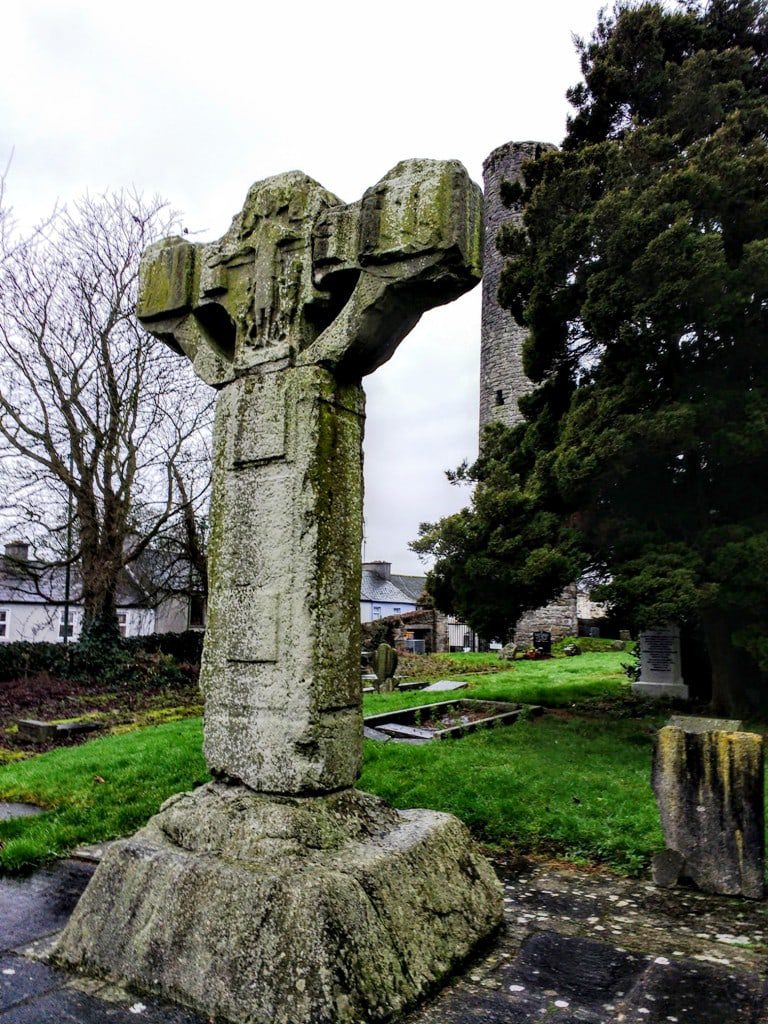
Battle of Faughart
At the Battle of Faughart fought just north of Dundalk on 14 October 1318, the Scots-Irish army was defeated and Edward was killed in the battle by an English soldier called John Maupas, his body was later quartered and sent to various towns in Ireland, while his head was sent to Edward II in England.
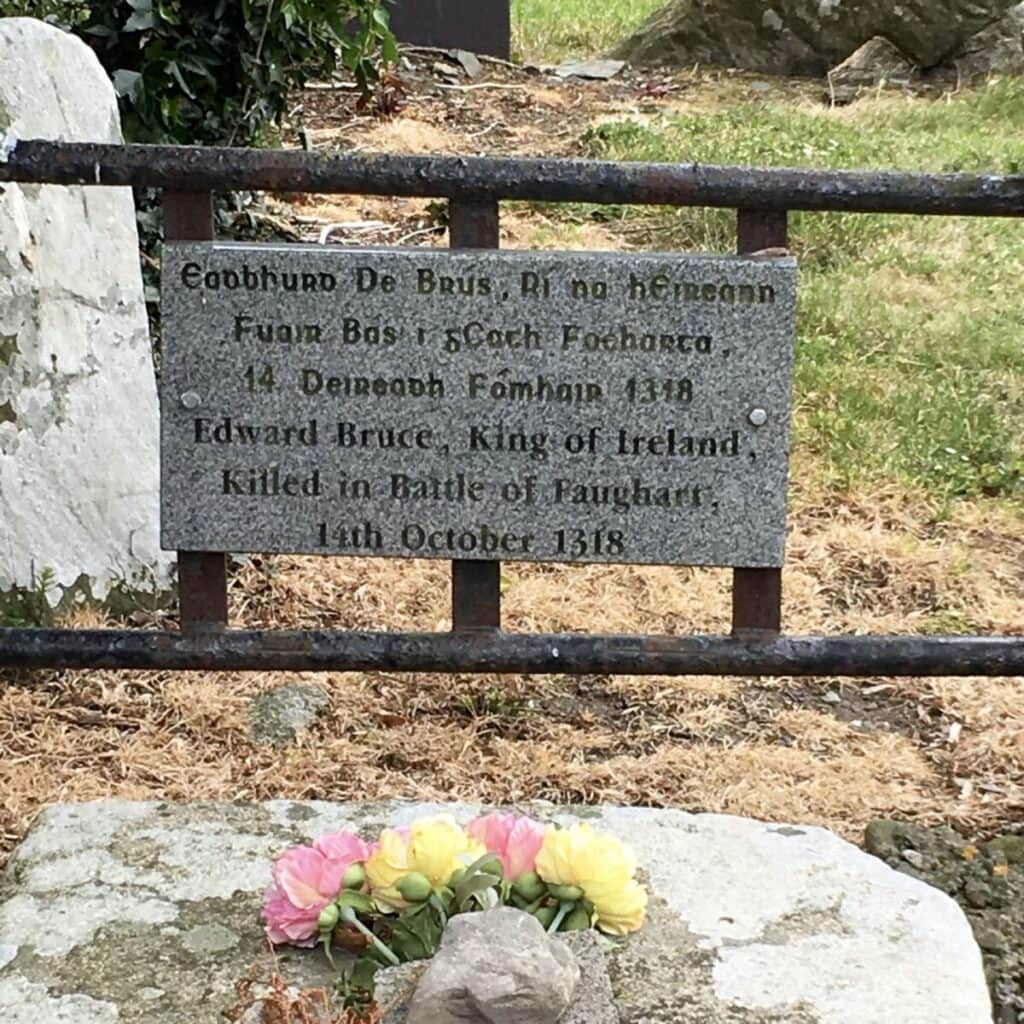
Edward’s remains were buried in the churchyard on the Hill of Faughart, near Dundalk, Co. Louth, the large flat stone which was laid on top of the grave can still be seen. Edward’s illegitimate son, Alexander Bruce inherited the Earldom of Carrick.
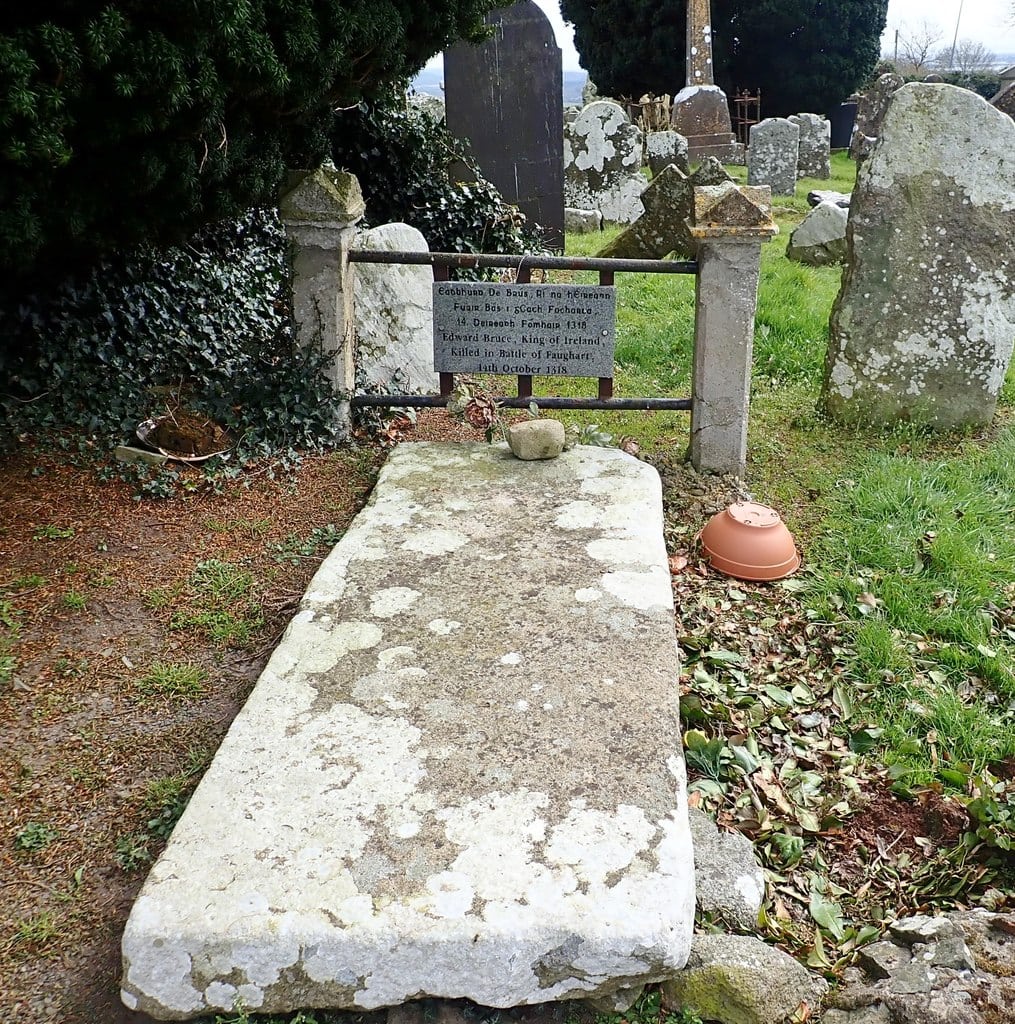
Plantation of Ulster with the Ulster Scots
The Plantation of Ulster began in the early 17th century when the English and Scottish crown-sponsored settlers were encouraged to relocate to the northern province of Ulster, primarily to counter the Irish rebellion.
Many of these settlers were Presbyterian Scots from lowland Scotland, and they brought their language, culture, and Protestant religious beliefs with them.
The initial settlements of the Ulster Scots were concentrated in County Antrim and County Down. Towns like Belfast, Ballymena, and Lisburn became important centres of Ulster Scots culture and influence.
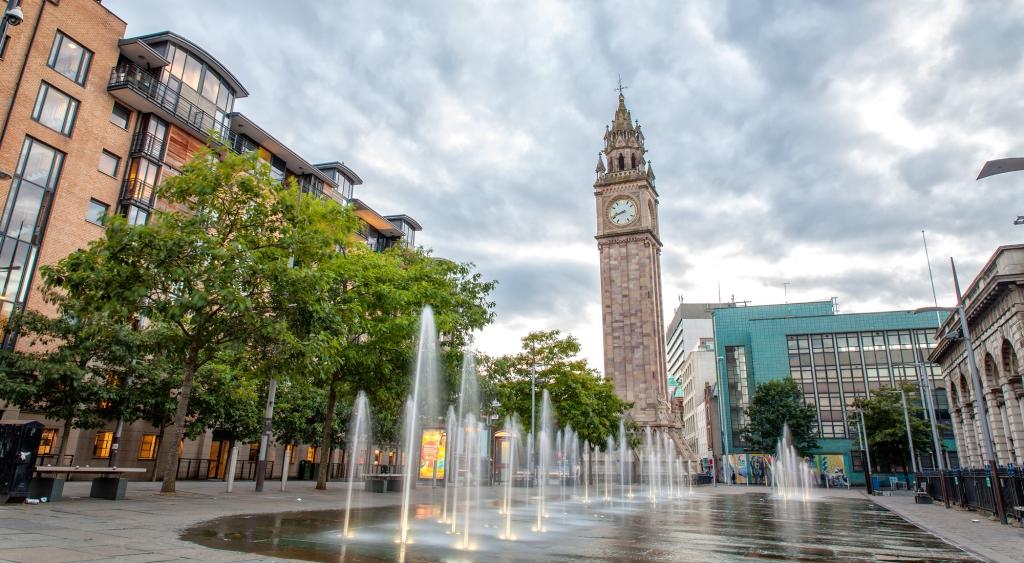
Over time, the Ulster-Scots expanded their presence across Ulster, settling in counties such as Tyrone, Armagh, Fermanagh, and Derry.
Places of interest – Ulster Scots Heritage
Scrabo Tower
In Ards and North Down, there stands the 125-foot Scrabo Tower which was designed in the Scottish Baronial style. It was built in 1857 in memory of the 3rd Marquess of Londonderry. The Tower stands 500 feet above sea level and can be seen for miles around. On a clear day, you can even see Scotland.
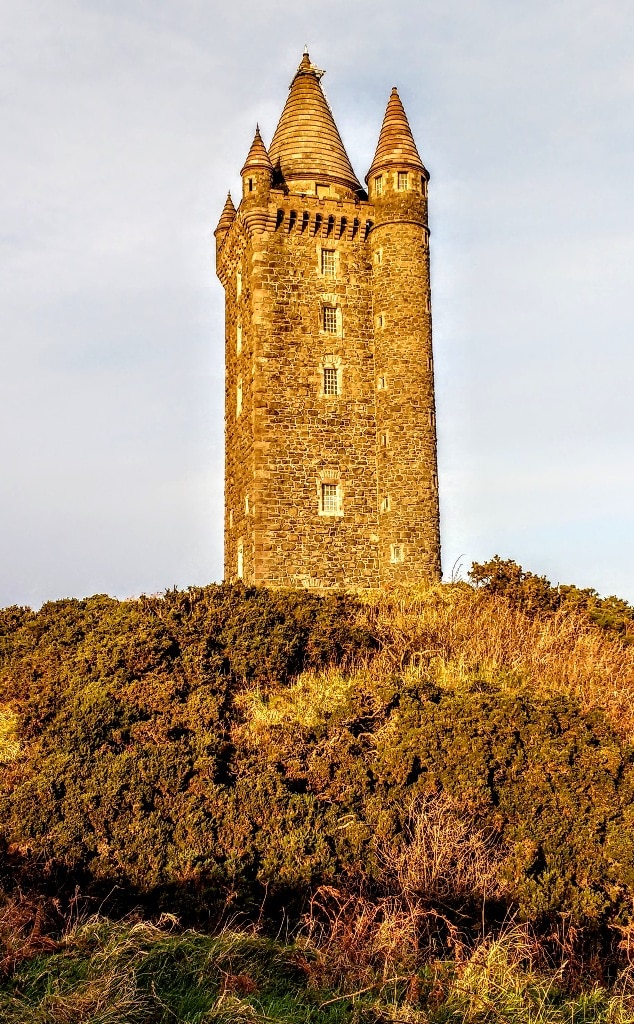
Mount Stewart
Mount Stewart is a National Trust property and was bought by Alexander Stewart in 1744. Originally from Scotland, Stewart was living in Ballylawn Donegal and was MP for Londonderry. His wife Mary inherited a fortune and that is what he used to buy the estate.
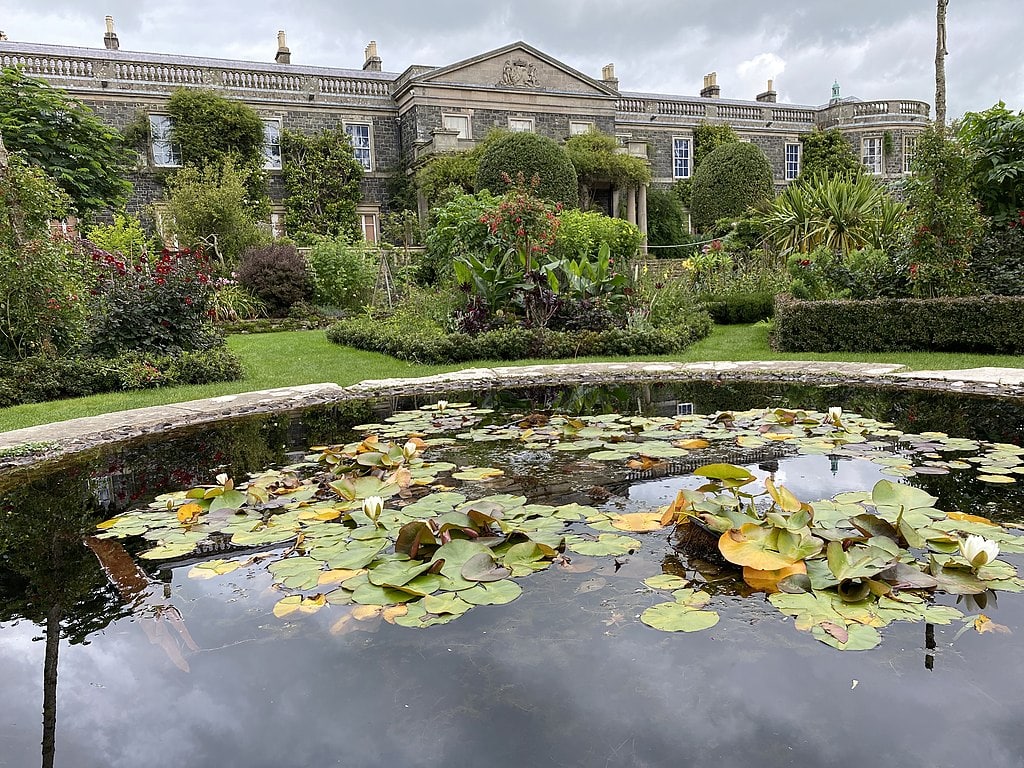
The house took many years to build and much of its current appearance and architecture dates to the late 1840s. With its absolutely incredible collection of plants the Mount Stewart Gardens are among the finest gardens in Ireland if not the world. Look out for the Red Hand of Ulster flower bed as well as the topiary shaped like an Irish harp.
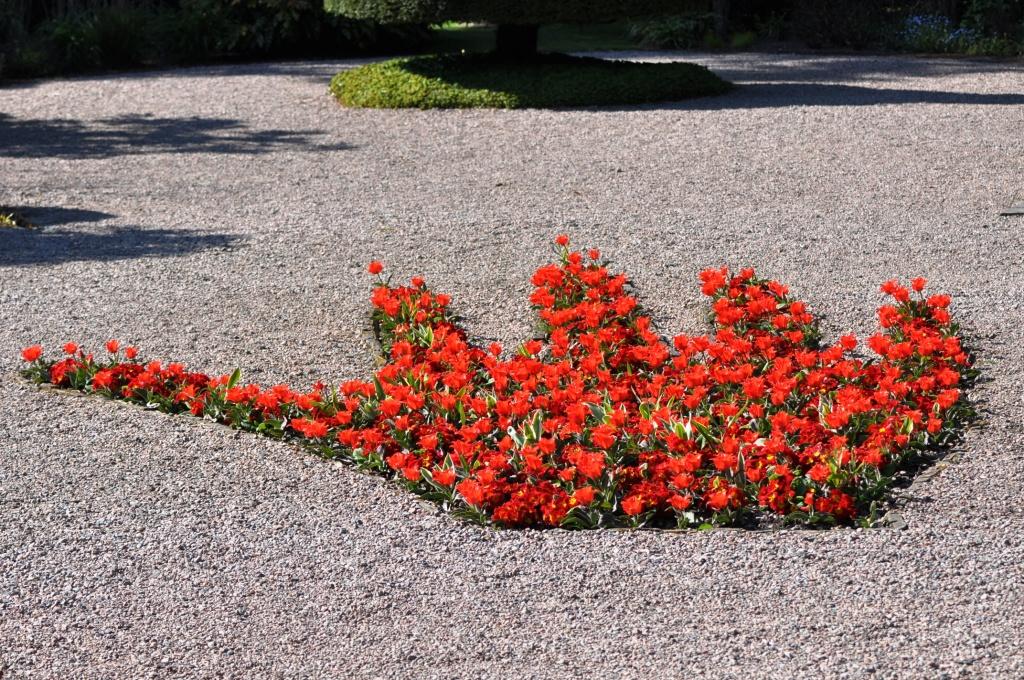
Holywood Priory
Holywood was also an important Anglo-Norman settlement. Scots settlers developed the town and restored the church (the Priory) as a place of worship.
The site was a monastery founded by St. Laiseran in the early 7th Century. Today the ruins are a 12th-century Anglo-Norman Augustinian Abbey. After the Black Death Niall O’Neill refurbished the church for the Franciscan Order. The Priory was dissolved on New Year’s Day, 1541, by Henry VIII with its lands passing into the hands of the O’Neill family and then to Sir James Hamilton, First Viscount Clandeboye.
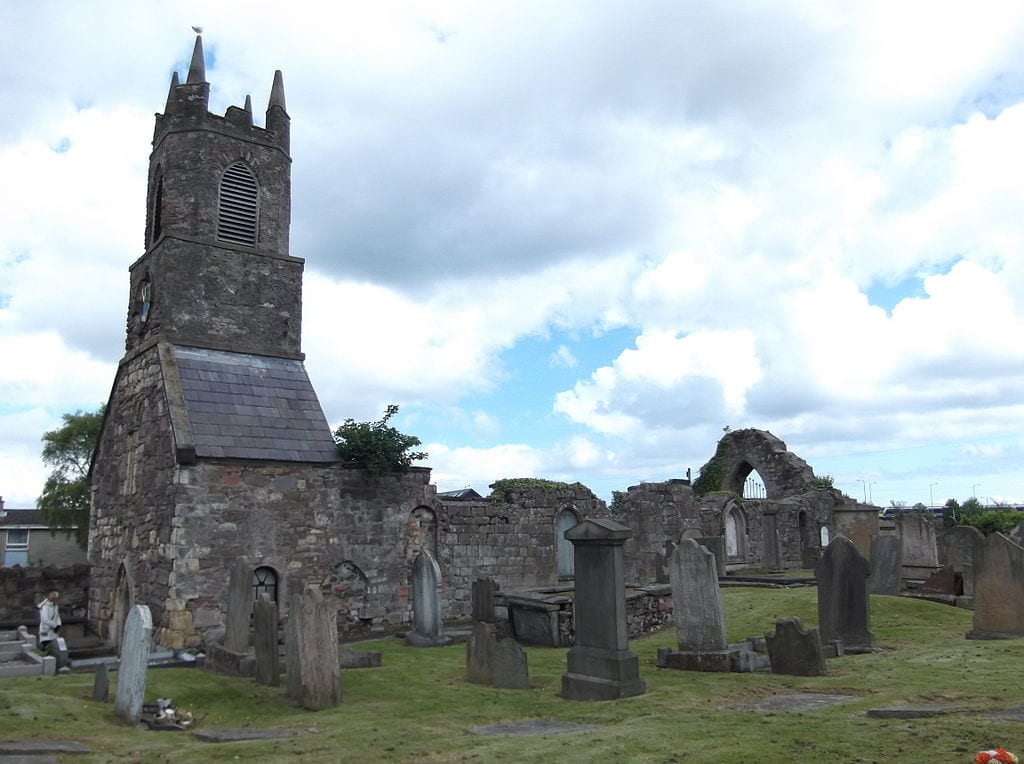
Derry’s Walls
In 1613 the town of Derry was renamed Londonderry and in the same year, the building of new walls around the town began.
Today the walls survive almost intact and it is possible to walk along their full length of just over one mile. The walls are the most important surviving 17th-century fortifications in the British Isles and are well worth a visit.
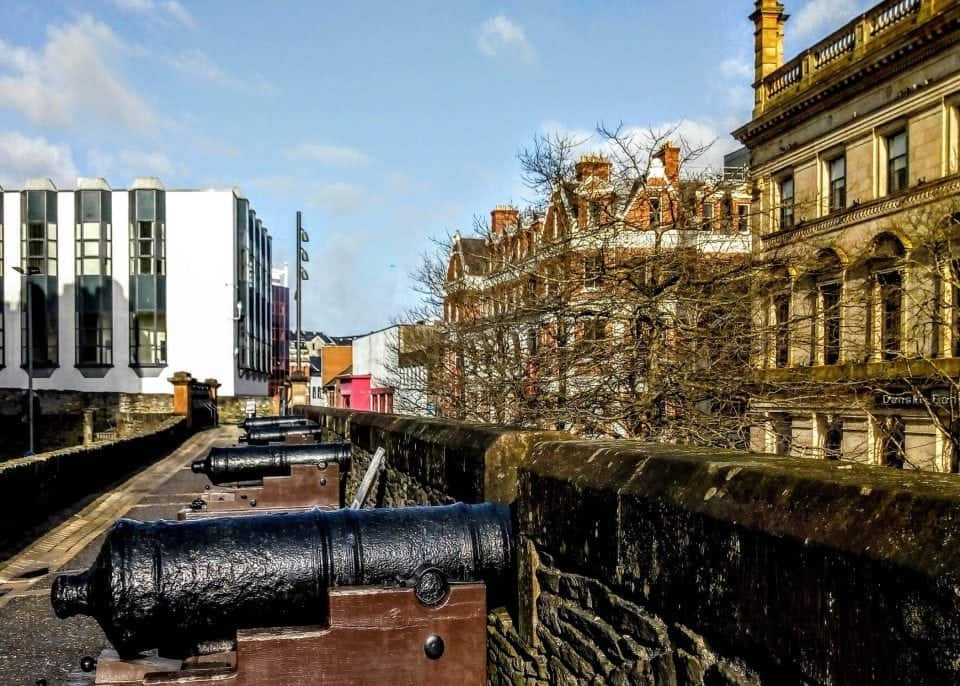
Plantation castles
The Ulster-Scots who were granted land were required by law to build a fortified house or castle on the land. The simplest of fortresses were called ‘bawns’ from the Irish which means ‘cow fort’.
A bawn was a courtyard surrounded by strong walls and was usually square or rectangular. The most important of the new English and Scottish landlords were expected to build a strong castle as well as a bawn.
In County Fermanagh, you can visit Monea Castle, probably the finest surviving Plantation castle. It was built by Malcolm Hamilton.
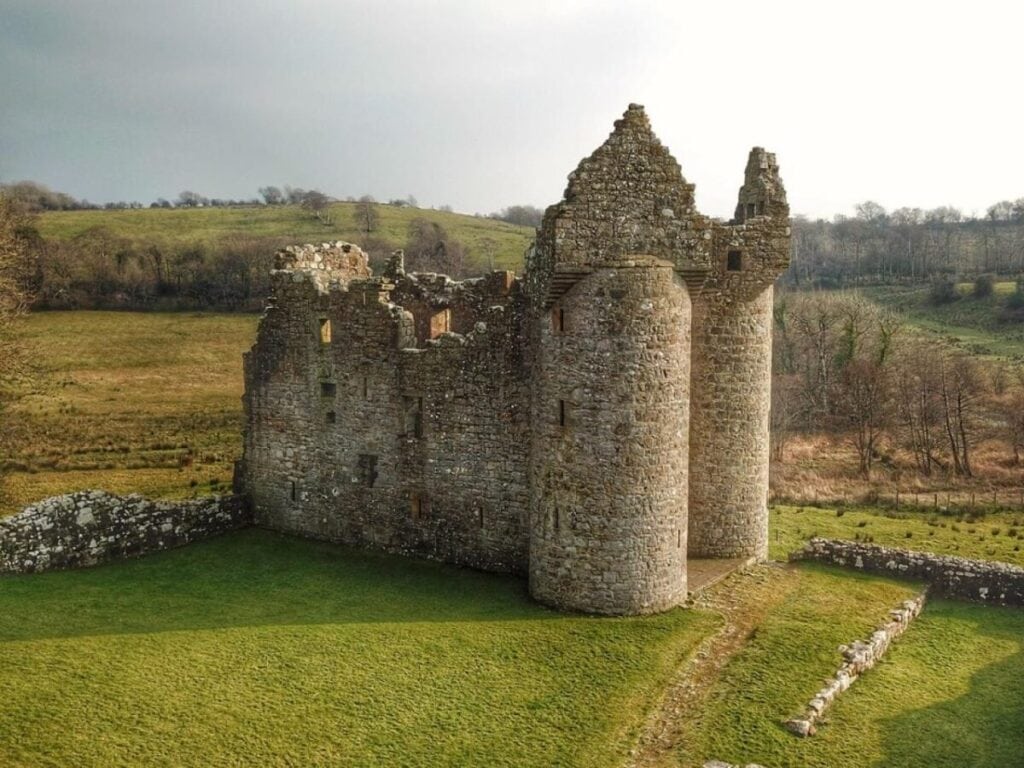
Plantation churches
The Scottish settlers needed to create their own churches and repaired existing churches and occasionally they built a new church.
The largest church built in the Plantation counties is St Columb’s Cathedral in Derry. It is still used every day and is very popular with tourists.
Most of the churches that survived from the Plantation counties are in ruins. In the old graveyards surrounding these churches, it is sometimes possible to find a tombstone of one of the original settlers.
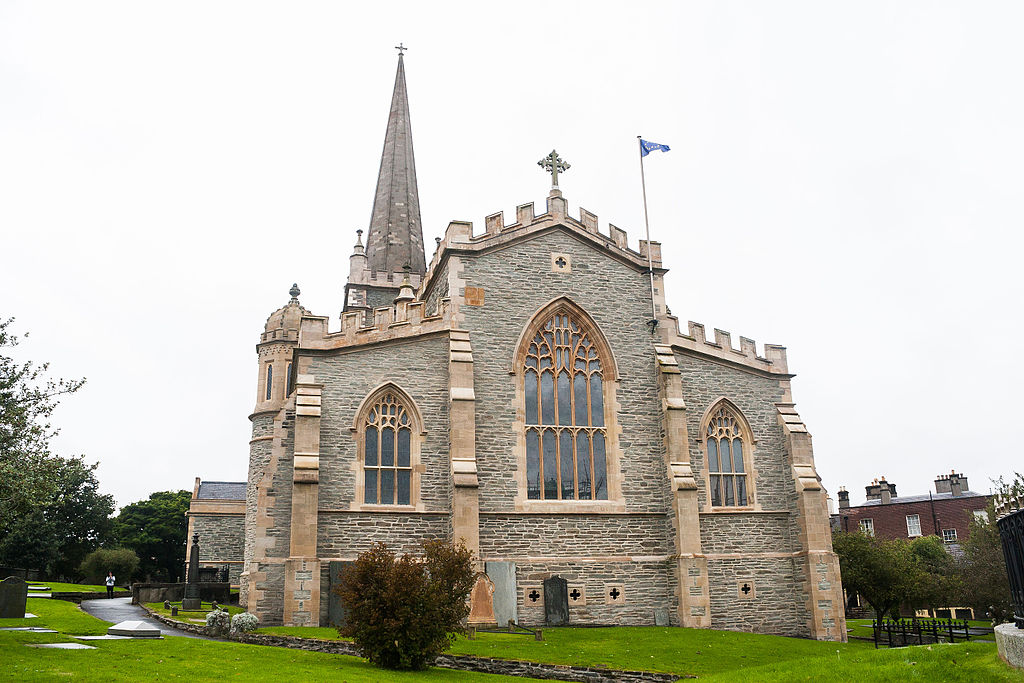
The Ulster Scots and emigration to America
The Ulster Scots and emigration to America
During the late 17th century and early 18th century, a steady flow of Ulster families embarked on a journey from Ulster to America. However, in 1718, the number of people leaving increased significantly, reaching ten times the usual amount. These individuals were primarily descendants of Scots Presbyterians who had migrated from the Lowlands of Scotland during the plantation period.
There were two primary reasons behind this wave of emigration: economic and religious factors. The Ulster Presbyterians and other dissenters had faced persecution for their faith during the reigns of Charles II and James II. The mistreatment reached its pinnacle in 1684 when numerous Presbyterian churches were forcefully closed.
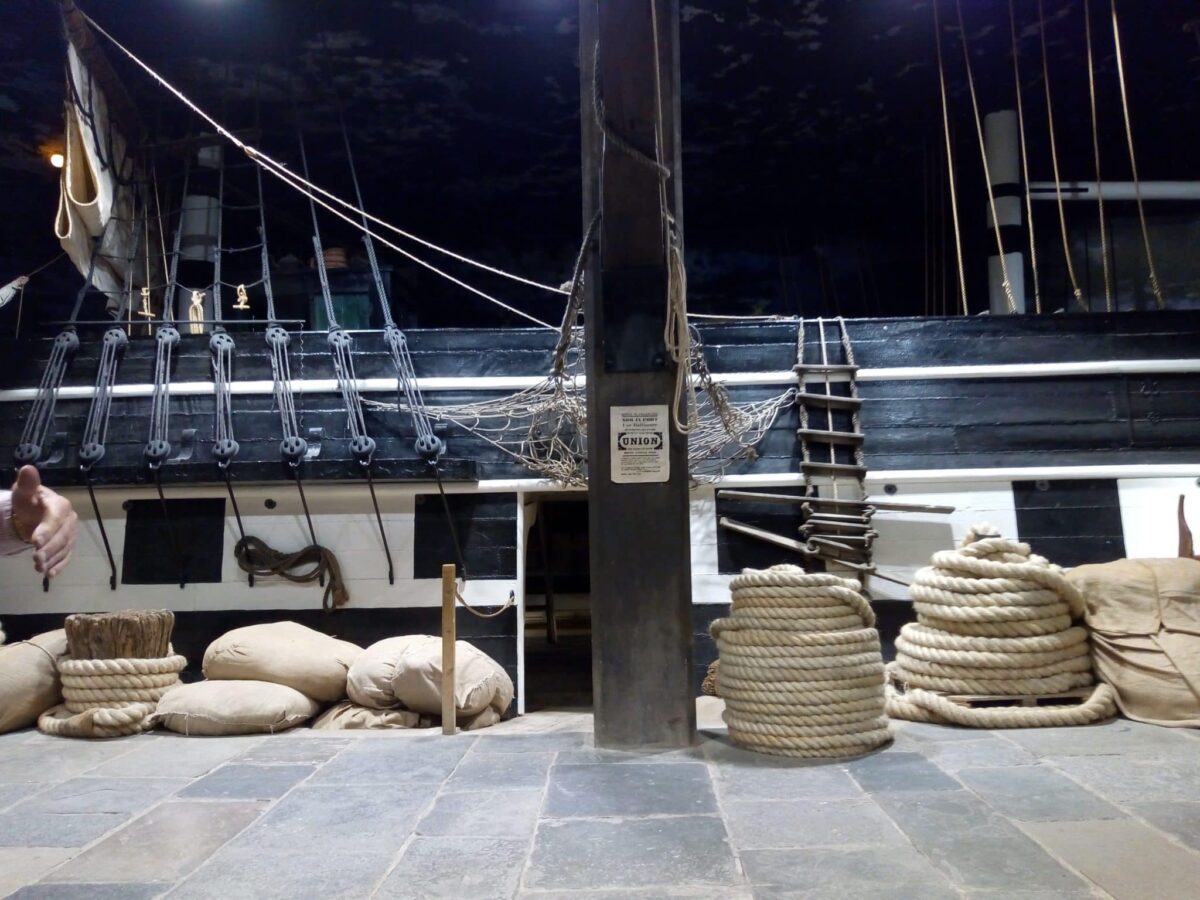
Following the tumultuous reign of King James II, the British ruling class invited William of Orange, a Dutch Prince, to become their King. During the Williamite War, the Ulster men exhibited immense bravery and loyalty to the Williamite cause, playing a crucial role in defeating James II’s forces.
While William III initially recognized the Ulster Scot Presbyterians after the Battle of the Boyne, their situation worsened again when he passed away in 1702 and Queen Anne assumed the throne, subjecting them to renewed persecution.
In search of a better life, the Ulster Scot Presbyterians turned their gaze towards America. Undoubtedly, severe economic factors also influenced their decision. Some argue that drought and a struggling economy were as influential as the quest for religious freedom. Nevertheless, it is unquestionable that those who ventured westward sought freedom and improved opportunities for themselves and their families.
How to find your Ulster Scots heritage
Start with Family Knowledge
Begin by gathering information from your family members, particularly older relatives who may have knowledge of your ancestral history. Ask about any Scottish or Ulster Scots connections, surnames, or stories that have been passed down through generations. Note down any details or names that could help you in your research.
Examine Family Documents
Explore family documents such as birth certificates, marriage records, and old photographs. Look for clues that indicate a Scottish or Ulster Scots heritage, such as ancestral names, birthplaces, or immigration records.
Conduct Online Research
Utilize online genealogy resources and databases to research your family history. Websites like Ancestry.com, FamilySearch.org, and MyHeritage.com provide access to historical records, census data, immigration records, and other genealogical information. Search for specific names, dates, and locations related to your Ulster Scots ancestry.
Connect with Local Historical Societies
Reach out to local historical societies or genealogy groups in the areas associated with Ulster Scots migration, such as Northern Ireland or regions within Ireland with significant Ulster Scots influence. These organizations can offer guidance, access to local records, and assistance in tracing your heritage.
Visit Libraries and Archives
Visit local libraries, historical archives, or genealogy centres that hold records and resources relevant to Ulster Scots history. These institutions may have books, manuscripts, maps, and other documents that can provide valuable insights into your ancestral background.
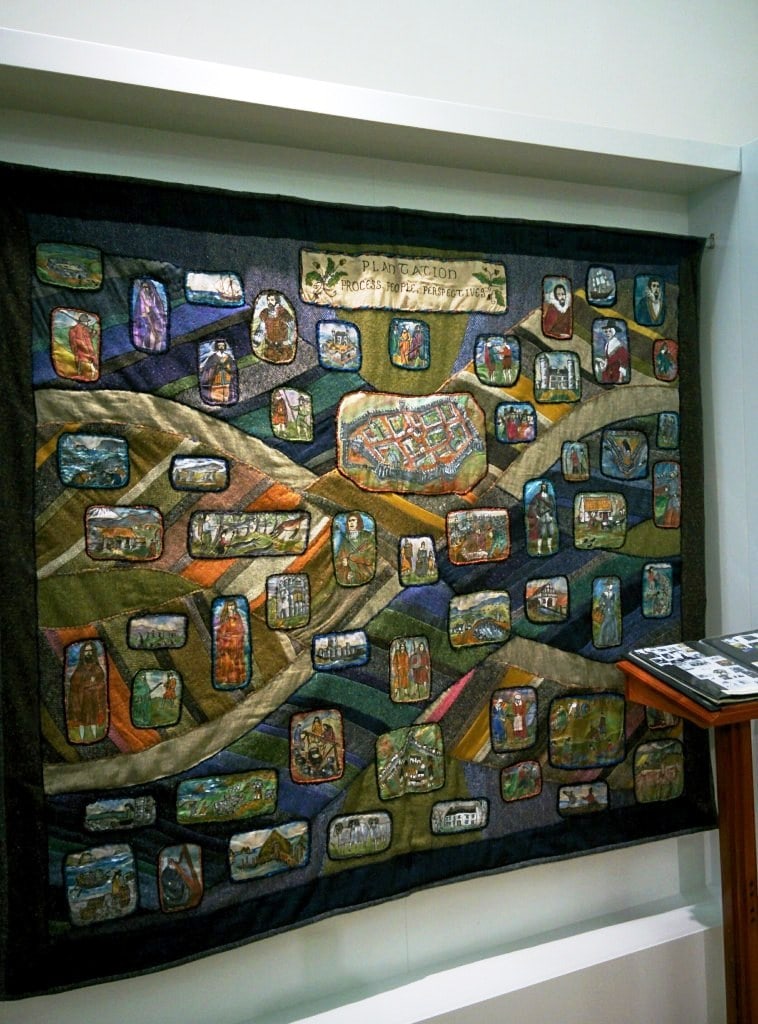
Consult Professional Genealogists
If you encounter difficulties or require specialized assistance, consider consulting professional genealogists who specialize in Irish or Ulster Scots ancestry. They can offer expert guidance, access to additional resources, and personalized research services tailored to your specific needs.
The Ulster Scots Centre Belfast
The Discover Ulster-Scots Agency in Belfast highlights the long-standing historical, and cultural links between Scotland and Ulster and around the world. Admission is free and the Centre is open Monday to Friday from 10 am until 4 pm.
A range of exhibition galleries introduces visitors to the vibrant cultural identity of the Ulster-Scots people, Lowland Scots, who have shaped this part of the world for over 400 years.
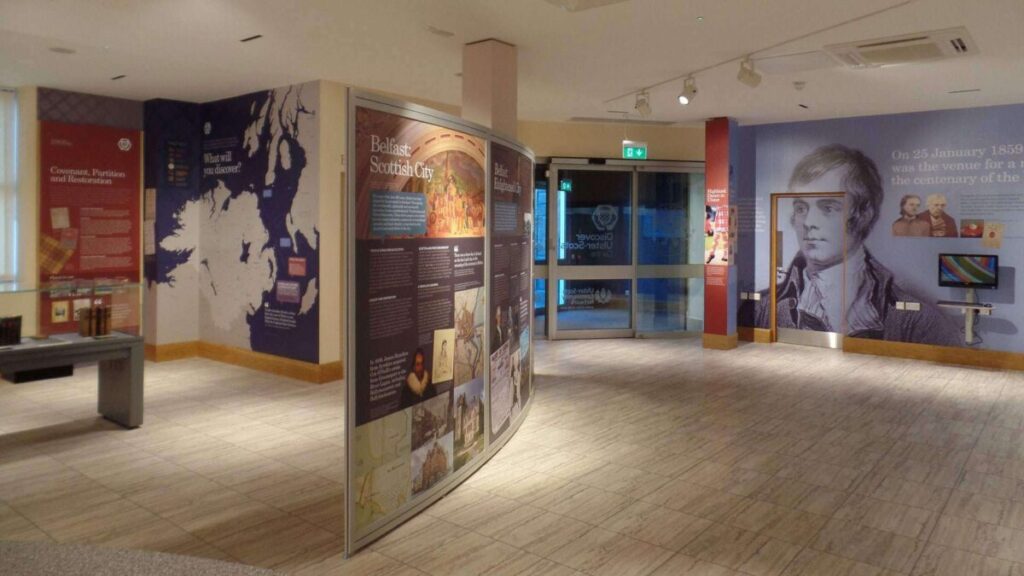
There is a range of displays on the language and culture Ulster Scots share with their kin in Scotland, and a dedicated gallery telling the story of the Scotch-Irish – Ulster-Scots who travelled to the USA.
The Centre is in the historic Belfast Corn Exchange building which dates from 1852. In 1859 the Corn Exchange hosted a major Robert Burns centenary event which was attended by Burns’ descendants who lived in the city.
Remember, tracing your Ulster-Scots heritage may require patience and persistence. Genealogical research can be complex, but with careful investigation and utilizing various resources, you can uncover valuable information about your ancestral connections to the Ulster-Scots community.
Ulster Scots historical sites offer a rich and fascinating glimpse into the past of Northern Ireland. From famous landmarks to hidden gems, there are plenty of places to explore and learn about this unique culture. By visiting these sites, we can gain a deeper understanding of our shared heritage and appreciate the contributions made by the Ulster Scots to Irish history.
Pin it to save it
